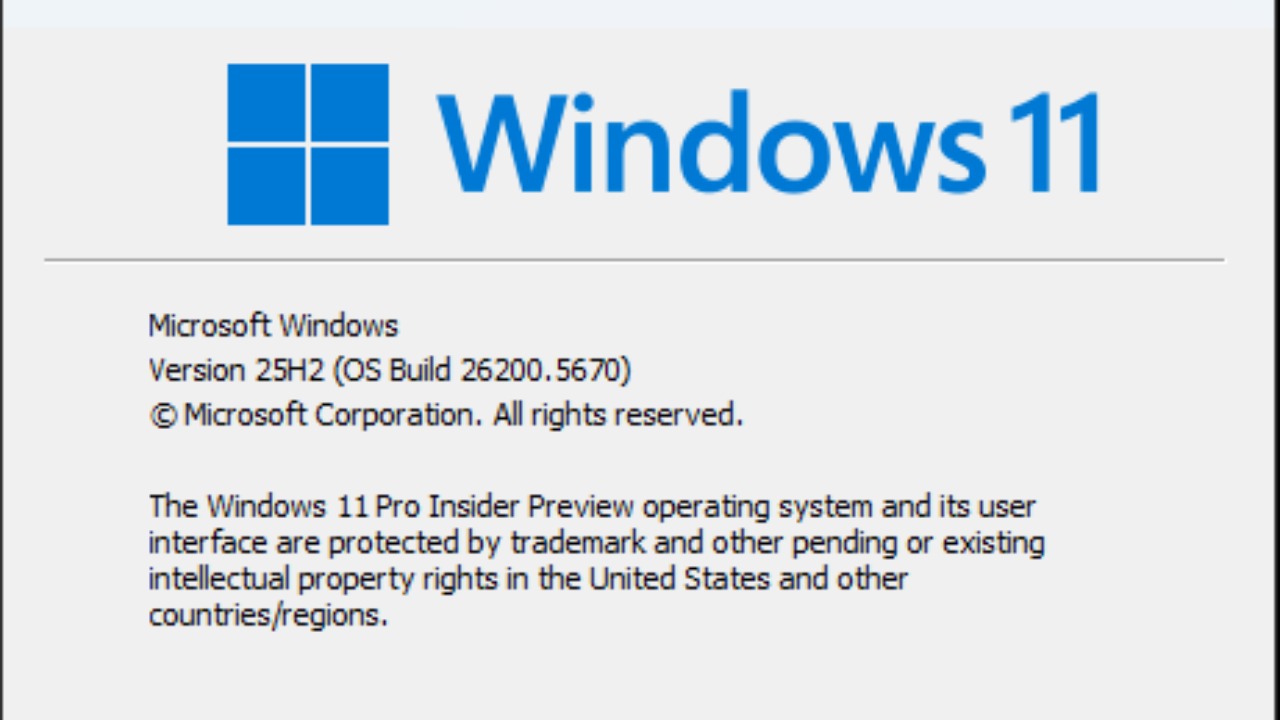
Windows 10 has officially reached the end of its support lifecycle, leaving users to transition to Windows 11. However, the latest update to Windows 11, version 25H2, is already causing significant issues. This update has disrupted core functionalities, particularly affecting mouse and keyboard controls in the Windows Recovery Environment, complicating troubleshooting efforts. This follows a series of problematic updates, including the notorious Blue Screen of Death in April and boot failures in May, highlighting a troubling pattern of instability.
Windows 10’s Recent Demise and the Rush to Windows 11
On October 14, 2025, Windows 10 officially reached its end of support, compelling millions of users to migrate to Windows 11. This transition has been fraught with challenges, as users report that the shift has amplified existing issues within Windows 11 rather than providing a seamless upgrade experience. The timing of these new bugs in Windows 11, emerging just days after Windows 10’s support ended, has been particularly frustrating for users who expected a stable platform post-upgrade. The irony is not lost on the tech community, which has been vocal about these issues on various forums and platforms.
The urgency to upgrade has exposed many users to the instability of Windows 11, with the latest update exacerbating the situation. Reports from tech communities highlight the irony and frustration of encountering fresh bugs so soon after being forced to leave Windows 10 behind. This has left many questioning the readiness of Windows 11 as a reliable successor, especially given the timing of these issues.
Core Issues in the Windows 11 25H2 Update
The Windows 11 25H2 update has introduced significant problems, particularly affecting the Windows Recovery Environment. Users have reported that the update has “borked” mouse and keyboard controls, rendering recovery attempts ineffective. This issue has left many systems in a precarious state, especially during troubleshooting, as users are unable to navigate recovery options effectively. The disruption of these core functionalities has been a major setback for those relying on these tools to resolve system errors.
Beyond the recovery environment issues, the 25H2 update has also been linked to broader system instability. Users have experienced unexpected freezes and input failures, which have hindered basic navigation during critical error states. These problems have been prevalent since the update’s rollout, affecting both new installations and systems that have been upgraded from Windows 10. The widespread nature of these bugs has raised concerns about the quality control processes in place for Windows 11 updates.
Past Windows 11 Updates and Recurring Boot Failures
Previous updates to Windows 11 have also been problematic, contributing to a pattern of disruptions that have eroded user trust. The April 2025 update, for instance, was notorious for causing the Blue Screen of Death shortly after installation. This issue halted productivity for many users and required manual rollbacks to restore functionality. The severity of this problem highlighted significant flaws in the update process and left users wary of future updates.
Similarly, the May 2025 update had severe consequences, as it prevented some PCs from booting entirely. This issue, reported on May 30, 2025, left users without an immediate fix from Microsoft, further damaging the reputation of Windows 11 updates. These recurring boot failures have been a significant source of frustration for users, who expect a stable and reliable operating system. The current 25H2 problems only add to this pattern of update-related disruptions, underscoring the need for improved quality assurance in future releases.
Common Windows Update Problems and Emerging Fixes
For users grappling with the latest Windows update issues, several troubleshooting steps can help mitigate problems. Pausing installations or using System Restore are common methods to address persistent issues. These strategies have been recommended by tech experts as effective ways to manage update-related disruptions. However, the effectiveness of these solutions can vary, especially against the latest bugs introduced by the 25H2 update.
User-reported workarounds for input and boot failures include attempts to access safe mode, though success has been mixed. The lack of an official patch timeline from Microsoft for the 25H2 recovery environment flaws has left users relying on community-driven solutions. As of late September 2025, there has been no official word from Microsoft on when these issues will be resolved, leaving users in a state of uncertainty. This situation highlights the importance of robust support systems and timely updates to maintain user confidence in Windows 11.
Overall, the transition from Windows 10 to Windows 11 has been anything but smooth, with the latest update issues compounding existing frustrations. As users navigate these challenges, the need for reliable updates and effective troubleshooting solutions becomes increasingly critical. The ongoing problems with Windows 11 updates underscore the importance of addressing these issues promptly to restore user trust and ensure a stable computing experience.